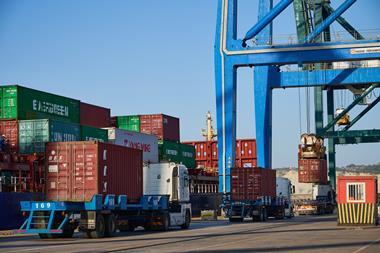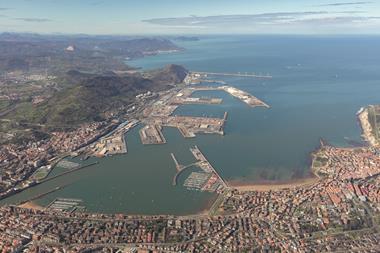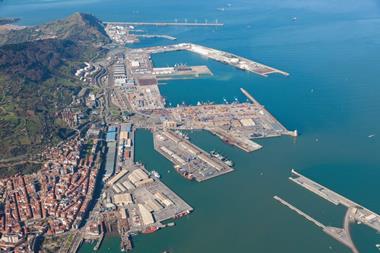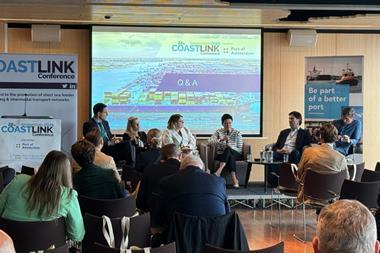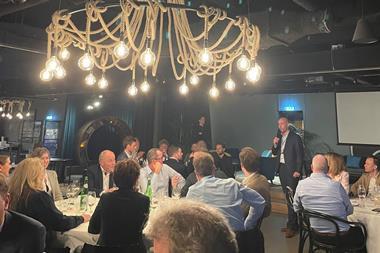International shipowners’ association BIMCO is famous for creating a range of charter party agreements that are central to the way the global shipping industry works – but Grant Hunter, BIMCO’s director, standards, innovation and research, told the Coastlink audience that some of the standard bi-party contracts go back 100 years and are not fit for today’s industry.
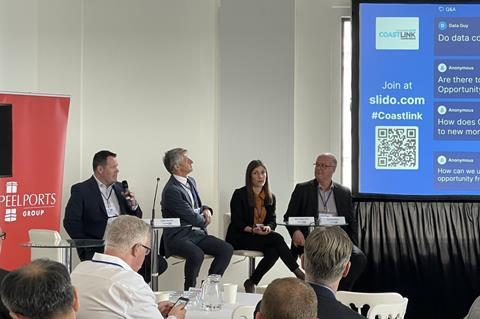
“They can create inefficiencies in our industry that we need to iron out,” he said. “We need to work with the entire supply chain pipeline, not just between shipowner and charterer. There is no point in having an agreement if it is not aligned with what’s in the sales contract.”
Hunter said more joined-up thinking was needed to make shipping more efficient.
Using just-in-time arrival can deliver decarbonisation, he said – “but when you get to Net Zero, do you just go back to the Wild West, speeding around again? No, because there are going to be more expensive fuels. We need a smooth and efficient industry.”
Digitalisation is inextricably entwined with decarbonisation, said Hunter. Meanwhile, the industry also needs to focus on contractualization. “We need to find ways to make shipping more efficient by the business model that we use.”
Collaboration is central to it all, he said. “We cannot reduce emissions from shipping if it is just left to the owner. We have to think about a brand new model for shipping and move away from the charter parties of old.”
Instead, he said a new ‘holistic’ business model is needed for the 21st century, providing efficient and inclusive shipping.”
Hunter made his comments during a panel discussion on “Driving Efficiency through Data and Port Collaboration”.
Ross McKissock, director of unitised at Forth Ports, posed the challenge: “We have the data – what do we do with it?”
Data can be used to drive efficiency, manage berth and terminal capacity, improve environmental performance, build operator training programmes, automate repeatable processes and identify bottlenecks in supply chains, said McKissock.
He explained Forth Ports’ ‘journey’ from five years ago: “We realised that the port holds huge amounts of data and all we did was end-of-month reporting and a little bit of commercial analysis. In the format we had, it didn’t really satisfy user demand.”
As well as being stevedores and terminal operators, etc., Forth Ports was increasingly required to facilitate conversations commercially, be aggregators of demand, understand what’s moving, why and where to/from, and work out how to develop a more efficient mode of operations, said McKissock.
Early gains have included driving out cost and optimising berthing through a ‘transformational’ AI-based berth predictor, and understanding which containers stay on the quayside for longer and stacking accordingly.
“We have changed our whole operating model through the use of data and analytics,” he said. The next stage will be to “sprinkle in some AI and machine learning” to gain more from the data.
However, this is not just about efficiency and cost, McKissock emphasised. “We have talked [at Coastlink] a lot about environmental performance and Net Zero. A late ship in a port will have a higher environmental impact than a ship that is on time. It is unplanned, you are likely to have to move the boxes further to get them on to the vessel, with the CO2 impact.”
Meanwhile, training operators using simulators instead of live and expensive equipment has delivered results. “We let people fail digitally and become a better driver as a result. As a consequence of using models, we have slowed our equipment down. We made it slower because people then know that they can’t just nip into a little gap – so they are driving more safely to the conditions at a steadier rate, the fuel burn is improved, and maintenance is better because of reduced damage.”



